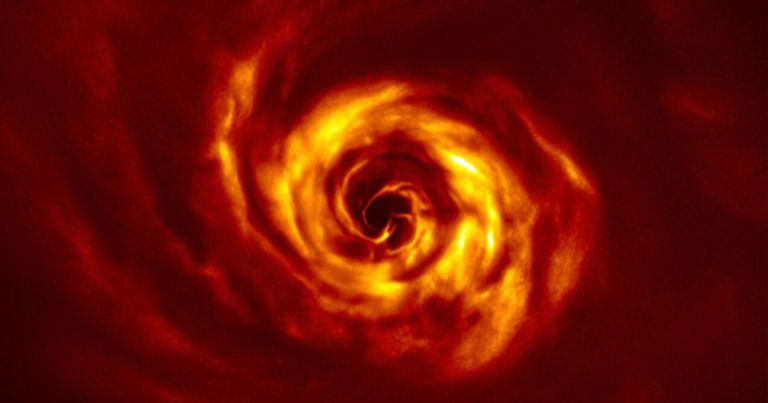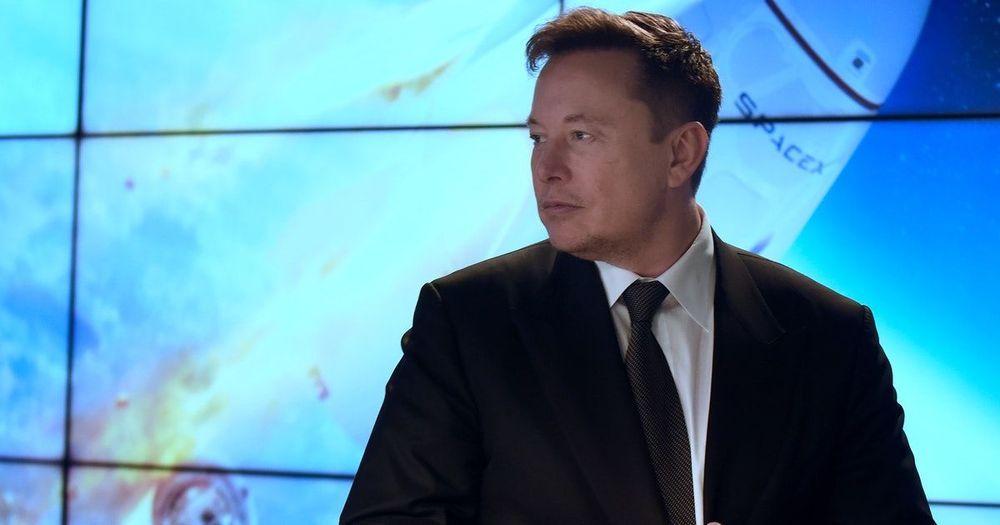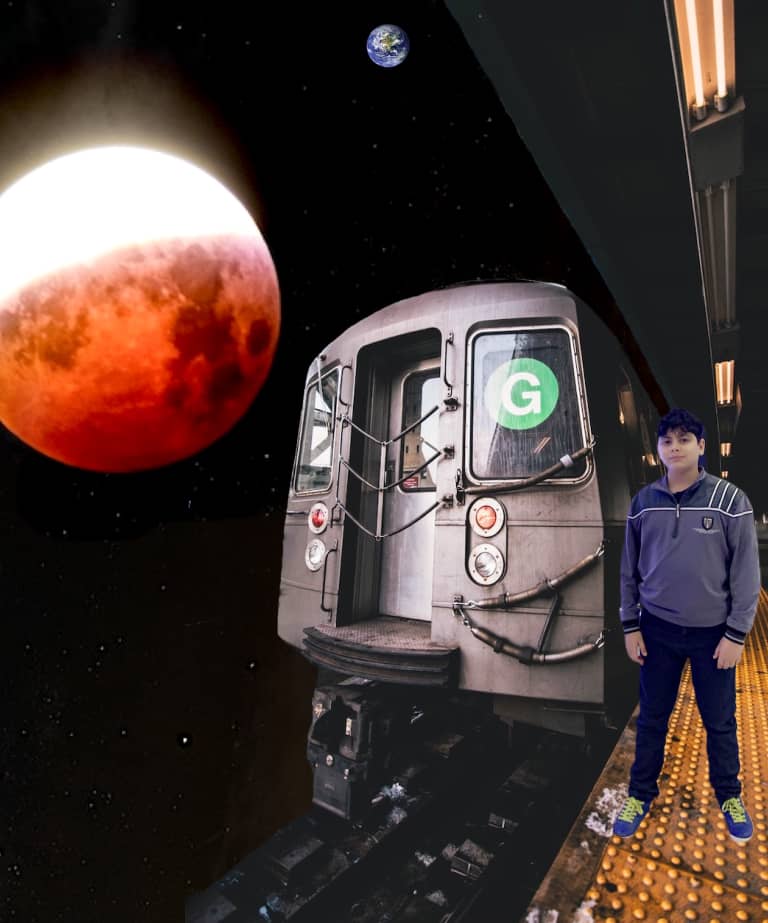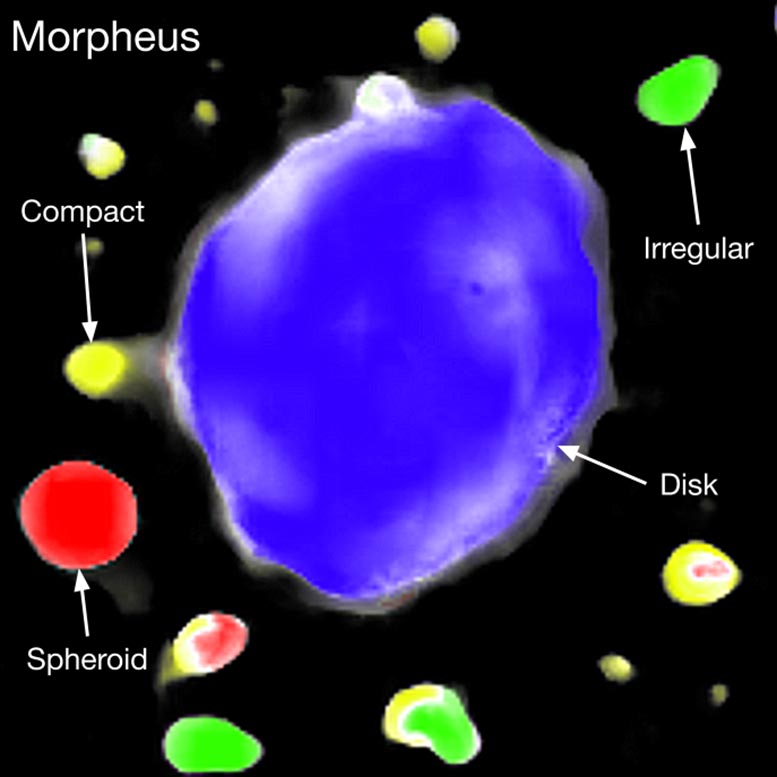Do you thrive in social isolation? NASA is looking for people to spend 8 months locked in a Russian lab for a new experiment.



The scientists believe the twist at the center of the image marks the spot where the baby planet could be forming.
A couple years ago, scientists managed to take images of spiral arms of gas surrounding a star that scientists believe were early evidence of planet formation — but the “twist” at the center adds something new to the story.
“The twist is expected from some theoretical models of planet formation, ” Anne Dutrey, another co-author from the LAB, said in the statement. ” It corresponds to the connection of two spirals — one winding inwards of the planet’s orbit, the other expanding outwards — which join at the planet location.”
Stylish. Iconic. It’s you. It’s also the Worm. Designer Richard Danne shares the history of the inspiring design.
Your Worm swag using #TheWormIsBack and show us how pumped you are to #LaunchAmerica on May 27: https://youtu.be/IwrtrxiwXTE

Every once in a while I have a contentious discussion with someone about traveling to Mars, and the risks involved. One of the hardest risks to describe is the threat from galactic cosmic rays. Here is a short article about a new facility investigating the effects of galactic cosmic rays.
The very important point here is that we are not discussing electromagnetic radiation. These ions have been shown to sometimes penetrate spacecraft and inflict damage on astronauts brains. Earthlings do not have to worry about these as much because we have a magnetosphere that shields us from ions.
To better understand and mitigate the health risks faced by astronauts from exposure to space radiation, we ideally need to be able to test the effects of Galactic Cosmic Rays (GCRs) here on Earth under laboratory conditions. An article publishing on May 19, 2020 in the open access journal PLOS Biology from Lisa Simonsen and colleagues at the NASA Langley Research Center, USA, describes how NASA has developed a ground-based GCR Simulator at the NASA Space Radiation Laboratory (NSRL), located at Brookhaven National Laboratory.
Galactic cosmic rays comprise a mixture of highly energetic protons, helium ions, and higher charge and energy ions ranging from lithium to iron, and they are extremely difficult to shield against. These ions interact with spacecraft materials and human tissues to create a complex mixed field of primary and secondary particles.
The biological effects from these heavy ions and mixtures of ions are poorly understood. Using recently developed fast beam switching and controls systems technology, NSRL demonstrated the ability to rapidly and repeatedly switch between multiple ion-energy beam combinations within a short period of time, while accurately controlling the extremely small daily doses delivered by the heavier ions.
Technology related to sending power via a microwave beam down to Earth could potentially be applied to taking out hostile targets in space.
The northern lowlands and sedimentary regions of Mars are dotted with curious formations. Tens of thousands of conical hills, many topped with small craters, and surrounded by deep channels scoured from the surface by flowing liquid.


The reality of COVID19 raises a critical question in the mind of Adam Ethan Loeb a young Belgium boy regarding the extinction of the human person. This questions birthed “Adam’s Dream” which for him will help in “Saving Humanity From Extinction”, by “Availing a Multiplanetary Education for the present and Future Generations“
This 12year old boy highly influenced by Elon Musk and Peter H. Diamandis believes that a multiplanetary existence could have prevented the spread of coronavirus.
This young Space Enthusiast believes that since they are the future of tomorrow, well structure Young Space Education System should be availed because the Future is Faster than we think.
In explaining his vision Adam explained, “Adam’s Dream is my vision about the future with regard to preserving our kind and other living things. This idea struck my mind during this novel coronavirus outbreak. As the spread increases day in and day out, I was scared and asked my mum the question, “mum, do you know that living in space could have saved or preserved humanity better”? My reason is, if we become multiplanetary, it will solve the problem of overpopulation and make the human person more creative and resilient.
Thus, in this project, I will be preparing my generation and the ones to come to become multiplanetary Species. We have many Space Advocates; there is no proper attention giving to the younger generation. The future is obscure for my generation, and I want to lead them to light through the help of those who know better in compliance with “Adam’s Dream” rooted in Saving Humanity from Extinction by Availing a Multiplanetary Education for the present and Future Generations. In this, we can have a Sustainable “Kosmic” Environment for Prosperous Living.
Reading the works of Elon Musk gave me the conviction that as a Multiplanetary Activist, I can do this. Elon started thinking about Space at 14 years; I began at 10years. He is no doubt my number one role model followed by Peter H. Diamandis with my effort in understanding the teachings of Sara Seager – Planetary Scientist, K. Radhakrishnan, Carolyn Porco, Jill Tarter, Neil deGrasse Tyson, Liu Yang, Steve Squyres, Louis Allamandola, and David Spergel. I will have a better approach to harnessing the reality of Multiplanetary for my generation on those to come. The reality of Space is faster than you think.”
You might like this interview I did with futurist writer Nikola Danaylov, who runs the Singularity Weblog and wrote ‘Conversations with the Future: 21 Visions for the 21st century’, on how advances in AI could utterly transform human society and the health of the global transhumanist movement.
I’m trying to grow my futurism YouTube channel (transhumanism, AI, space colonisation etr) so if this is of interest to you I’d be very grateful for any subscribers.
https://www.youtube.com/channel/UCnVLqMgLDwO-aSk5YcYo1dA…
I interview Nikola Danaylov (@singularityblog), founder of the Singularity Weblog and author of Conversations with the Future: 21 Visions for the 21st Century. We discuss advances in AI, the singularity, whether western political leaders appreciate how fast technology is evolving and the global transhumanist movement.
You can buy Danaylov’s book here: https://www.amazon.com/gp/product/B01N4QF7GU/ref=as_li_qf_sp…5f50cf0e90

UCSC researchers developed a deep-learning framework called Morpheus to perform pixel-level morphological classifications of objects in astronomical images.
Researchers at UC Santa Cruz have developed a powerful new computer program called Morpheus that can analyze astronomical image data pixel by pixel to identify and classify all of the galaxies and stars in large data sets from astronomy surveys.
Morpheus is a deep-learning framework that incorporates a variety of artificial intelligence technologies developed for applications such as image and speech recognition. Brant Robertson, a professor of astronomy and astrophysics who leads the Computational Astrophysics Research Group at UC Santa Cruz, said the rapidly increasing size of astronomy data sets has made it essential to automate some of the tasks traditionally done by astronomers.